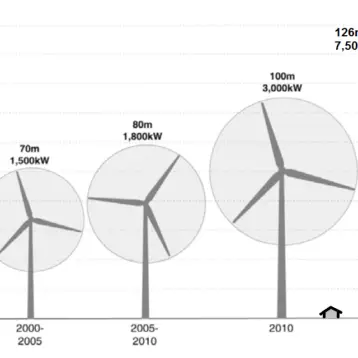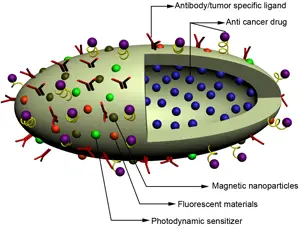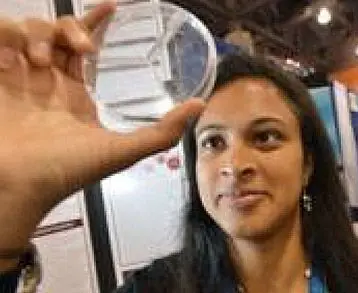|
Officially called microelectromechanical system microrobots, or MEMS microrobots, each individual robot is built to slightly different specifications (using microchip fabrication techniques) so that they react slightly differently to the same stimuli. This allows a single sequence of timed electrical voltage changes to control the entire set of robots.
Comprehensive details on how these MEMS microrobots work are not publicly available at this time and will be published as part of a paper in a future issue of Journal of Microelectromechanical Systems. Researcher Bruce Donald likens the microrobot’s reaction process to the way proteins in cells react to chemical stimuli.
Unlike most microrobots, which act on tethered systems (they are directly connected to their controllers via wires), this new design eliminates wires entirely. At 60 microns wide, 250 microns long, and 10 microns tall, the Duke microrobots are more than 100 times smaller and considerably lighter than any other untethered robots.
|
Donald has been working on creating untethered robots that respond in different ways to a single control stimulus for more than 10 years at Cornell, Stanford, Dartmouth, and now at Duke. It took him and several colleagues and graduate students more than five years to remove the tether, another three years to develop the initial global controller, and three more years to enable multiple mechanisms to respond independently to the controller.
Future plans for these microrobots include enlisting them to insert nanotubes into neural cells as part of a research program at the Duke Institute for Brain Sciences.
TFOT has previously covered the development of a jumping microrobot inspired by grasshoppers, a soccer match featuring nanobot players, and a microrobot that traverses human blood vessels.
You can find more information about MEMS microrobots and watch a video of the dancing robots in the press release found here.











